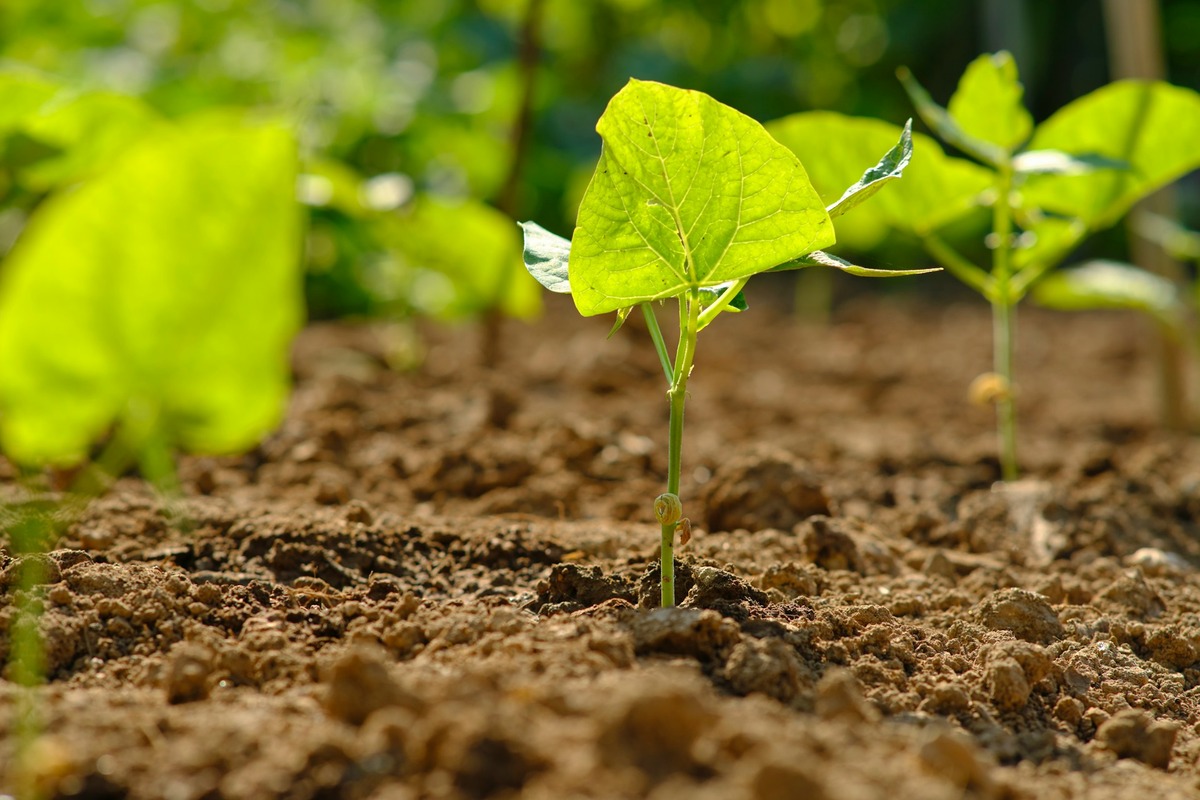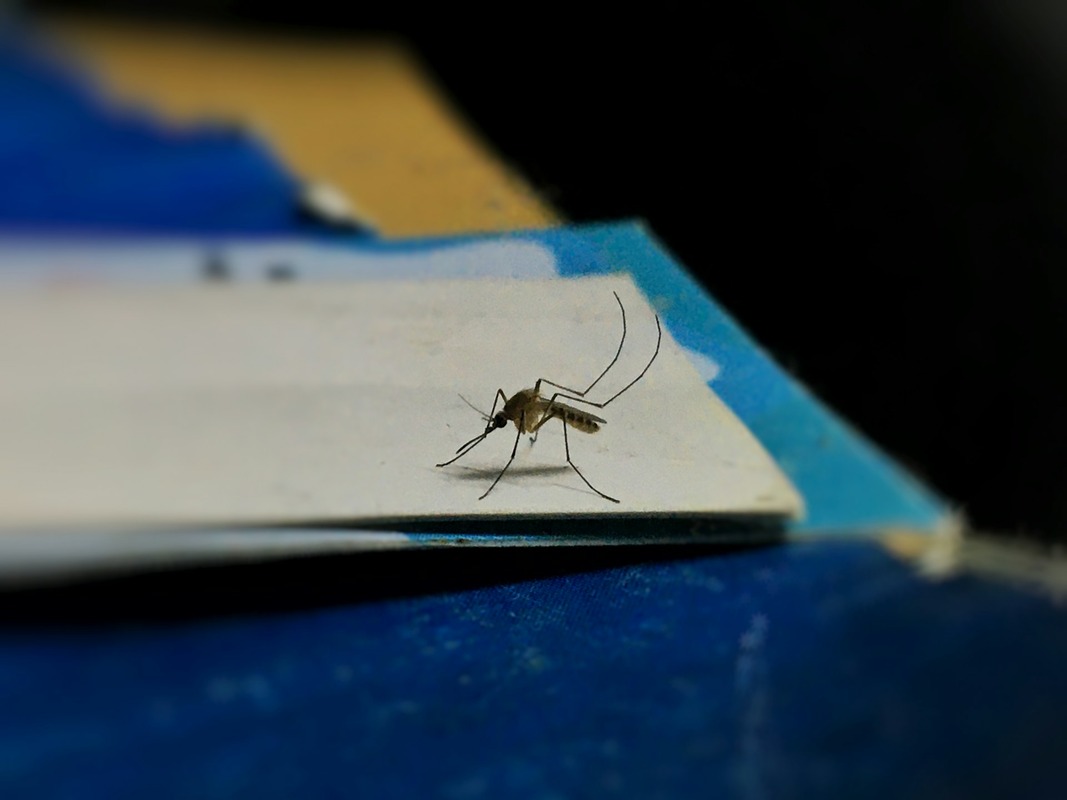Key Takeaways
- Discover essential tree care techniques to keep your trees healthy and beautiful.
- Learn how proper tree maintenance can enhance the overall landscape of your home.
- Gain insights from expert tips to prevent common tree diseases and issues.
Table of Contents
- Understanding Tree Health
- Essential Tree Maintenance Practices
- The Role of Pruning in Tree Care
- Preventing Common Tree Diseases
- Choosing the Right Trees for Your Landscape
- Seasonal Tree Care Tips
- The Importance of Professional Tree Services
- Resources for Tree Care Enthusiasts
Understanding Tree Health
Trees are integral to our environment, offering benefits that range from beautifying our landscapes to improving air quality. To ensure they thrive, it’s crucial to understand what constitutes a healthy tree. A healthy tree typically has vibrant, green leaves, strong branches free from cracks or unusual spotting, and smooth and unbroken bark. Regular observation is key—like a health check-up for humans, consistent monitoring can catch issues early on. Specialist services like Fielding Tree Care offer professional assessments that can help identify diseases or pests before they become serious problems, ensuring your trees remain robust and full of life throughout the year.
Essential Tree Maintenance Practices
Maintaining healthy trees involves more than occasional watering. Trees require systematic care, which includes adequate hydration, fertilization, and pest control measures. Understanding the specific needs of your tree species is vital, as some might need more frequent watering than others, particularly during hotter, drier months. Moreover, mulching not only aids in moisture retention but also provides essential nutrients to the soil, fostering a conducive growth environment. By effectively mulching your trees, you can simulate their natural habitat conditions, allowing them to flourish in a landscape that mimics their original ecosystems.
The Role of Pruning in Tree Care
Pruning serves multiple purposes: it encourages healthy growth, removes dead or decaying branches, and helps maintain the tree’s structural integrity. Incorrect pruning, however, can do more harm than good, potentially hindering the tree’s growth or increasing disease susceptibility. Adopting best practices in pruning, such as those detailed by the International Society of Arboriculture, ensures that each cut promotes health and doesn’t compromise the tree’s overall strength. Regular pruning also allows light and air to penetrate the inner sections of a tree, creating an environment unsuitable for pathogens and pests.
Preventing Common Tree Diseases
Early detection and prevention are critical in managing tree diseases. This involves being vigilant about symptoms like unusual leaf discoloration, stunted growth, or spotting. Effective prevention strategies include maintaining tree vigor through appropriate fertilization and water regimes, choosing disease-resistant species, and ensuring proper spacing between trees to facilitate air circulation. Regularly monitoring your trees and acting promptly at the first signs of disease can significantly reduce the chances of severe infestations or outbreaks, preserving the health of your entire landscape.
Choosing the Right Trees for Your Landscape
The success of your tree care efforts starts with the selection of tree species. Not all trees will thrive in every environment, and selecting species well-suited to the local climate and soil conditions is crucial. Consider the tree’s mature size to ensure it doesn’t outgrow its allotted space, which can lead to structural issues or require frequent maintenance. Trees that naturally thrive in your region are also more likely to resist local pests and diseases, thus requiring less intervention over time.
Seasonal Tree Care Tips
As the seasons change, so do the needs of your trees. Spring is typically a season of growth, where nutrient application and sufficient watering can help promote vibrant new growth. Summer may require more frequent watering schedules, especially during dry spells, while fall is an excellent time to prune away any dead branches in preparation for winter dormancy. Each season brings distinct challenges, and adapting your tree care routine can ensure your landscape remains lively and thriving throughout the year. For detailed seasonal guidance, the Arbor Day Foundation is an invaluable resource.
The Importance of Professional Tree Services
While DIY maintenance can be fulfilling, professional tree services provide expertise and precision that can significantly benefit complex or large-scale tasks. Arborists are trained to identify issues you may not notice and possess the equipment necessary for safe and effective tree care that DIY enthusiasts might lack. Engaging with professionals for regular checks and maintenance like those offered by specialists ensures the long-term health of your trees, providing peace of mind and saving potential costs associated with neglected tree health.
Resources for Tree Care Enthusiasts
Many resources are available for those looking to delve deeper into tree care. From online forums and educational websites to local community workshops and events, a wealth of information is ready to be explored. These platforms provide further education and connect you with a community of tree enthusiasts. Engaging with such resources can be educational and motivational, inspiring you to apply new techniques and knowledge to your tree care practices, ultimately leading to a more vibrant and sustainable landscape.







